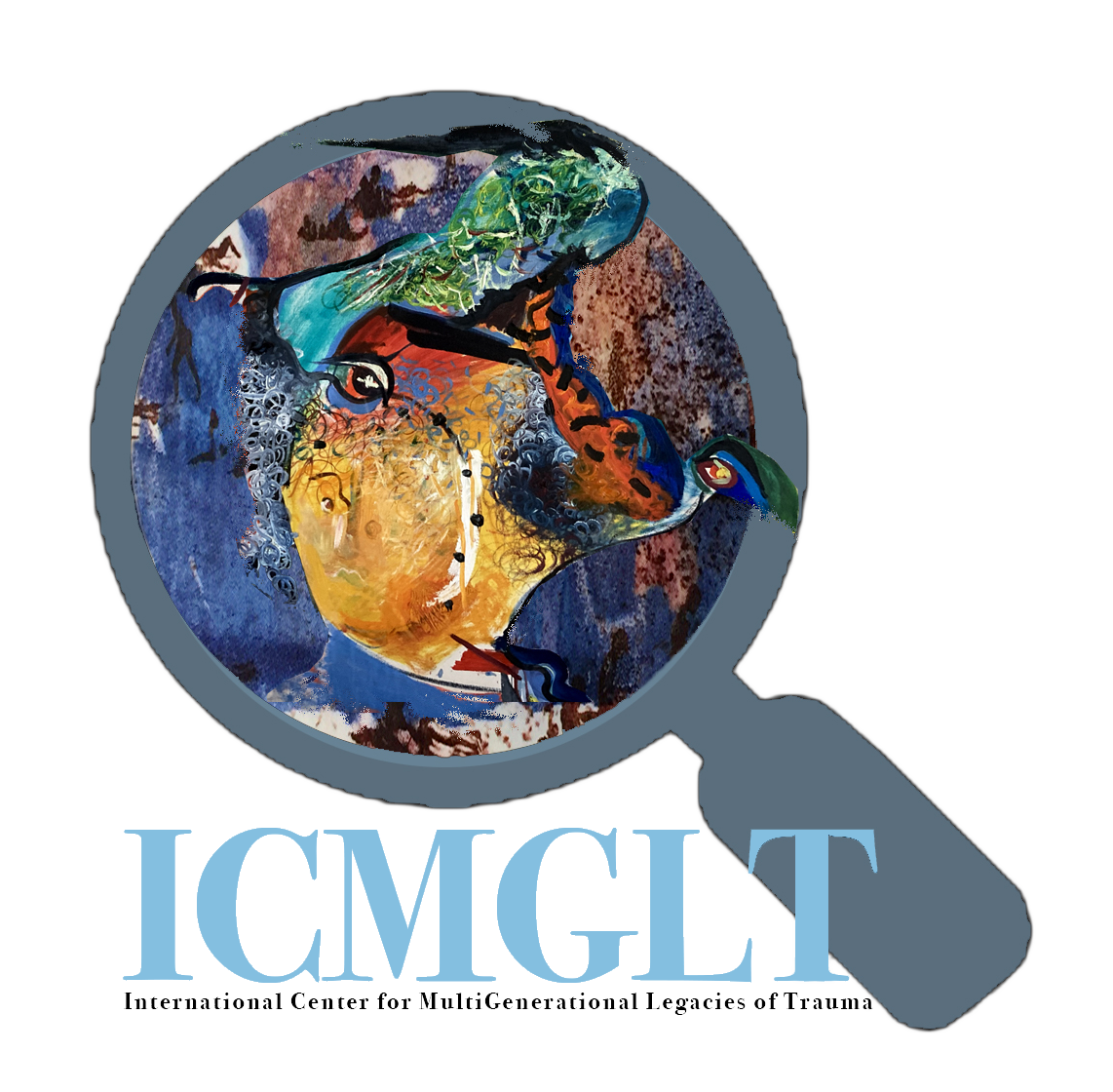The nonprofit sector plays a crucial role in addressing social issues and advocating for change. However, despite its mission to create a more equitable world, the sector itself faces a significant racial leadership gap. Over the years, efforts have been made to address this gap through various fellowship programs and coaching models targeted at BIPOC (Black, Indigenous and people of color) leaders. However, the root of the problem lies deeper than the talent pipeline issue.
In this article, pulling from my vast experience in helping guide underserved communities to realize their full potential, I will explore some of the challenges I see BIPOC leaders in the nonprofit sector facing and how the context in which they operate must be addressed, and I will propose alternative solutions to foster a more diverse and inclusive leadership landscape.
The Reality Of The Racial Leadership Gap
A few years ago, data revealed that 80% of nonprofit employees in New York City were people of color, with 80% of those being women. Despite this, the percentage of nonprofits led by people of color, especially women of color, has remained stagnant. According to a 2021 study, Leading with Intent, 78% of board members are white and 83% of board chairs are white, while Black CEOs make up 5% of nonprofit leaders and Latinx CEOs make up 3% of nonprofit leaders.
The leadership gap is not due to a lack of talent. Instead, it is rooted in the makeup of nonprofit boards that overwhelmingly lack diversity and often fail to reflect the communities these organizations serve. It is a phenomenon referred to as occupational hierarchy. Nonprofit boards are responsible for hiring nonprofit CEOs, making it crucial to acknowledge that the lack of representation at this decision-making level has a devastating effect on diverse representation among nonprofit leaders.
Addressing The Core Issues
Fellowships, workshops and coaching models have been created to address the pipeline dilemma and prepare BIPOC leaders for executive roles. However, this approach has failed to make a substantial impact on access to C-suite positions. The core issues lie in the lack of access to essential skills-based professional development, mentoring and sponsorship for BIPOC leaders. These resources are crucial for organic preparation and empowerment for increasing leadership roles within the sector.
Moreover, once BIPOC leaders break through the barriers and reach the C-suite, they face unique challenges. A report called “Race to Lead” surveyed BIPOC leaders from across the country, revealing that they often encounter the glass cliff phenomenon. In this scenario, leaders of color are brought in to “fix” struggling organizations without being provided the necessary resources and support to enact real change. It becomes evident that these leaders require more than just additional training; they need the same level of support and investment afforded to their white counterparts—philanthropic backing, confidence and the benefit of the doubt.
Rethinking Philanthropy’s Role
To truly tackle the racial leadership gap in the nonprofit sector, philanthropy needs to rethink its approach and address the context in which BIPOC leaders operate. Here are five strategies I believe can help foster a more diverse and inclusive leadership landscape:
• Diversify nonprofit boards. It is essential to diversify nonprofit boards and ensure that they reflect the communities served by the organizations. Barriers to access, such as “give/gets” that prioritize personal wealth over expertise and community connection, must be dismantled. Boards should be engaged in raising funds and creating social impact.
• Authenticly engage staff in hiring. Genuinely involve staff at every level in the hiring process. Ensure their voices are heard and valued in the selection of leadership candidates.
• Engage experienced search firms. Partner with search firms that have a proven track record of placing BIPOC leaders in executive roles. These firms should also demonstrate diversity within their own organizations.
• Incorporate DEI commitment. Integrate the organization’s commitment to diversity, equity and inclusion (DEI) into its by-laws. Ensure that all board members complete appropriate DEI training regularly, ideally every two years. Hiring BIPOC leaders is only the first step; their value, support and promotion within the organization are equally crucial.
• Support BIPOC leaders with paid sabbaticals. Rather than relying solely on BIPOC fellowships, reallocate resources to underwrite paid sabbaticals for BIPOC leaders. These sabbaticals should include a professional development budget, allowing leaders the time and resources to focus on skill-building and innovation that can transform outcomes for their organizations.
Conclusion
The racial leadership gap in the nonprofit sector is a complex issue that requires a multifaceted approach to address effectively. Traditional solutions such as fellowships and coaching models, while well-intentioned, have not brought about the necessary change. To truly promote diversity and inclusivity within the sector’s leadership, philanthropy must address the context in which BIPOC leaders operate and work toward dismantling systemic barriers.
By diversifying nonprofit boards, genuinely engaging staff in the hiring process, partnering with experienced search firms, incorporating DEI commitments and supporting BIPOC leaders through paid sabbaticals, we can foster a more equitable and empowering environment for all leaders in the nonprofit sector. Only then can we truly create lasting change and tackle the racial leadership gap head-on.
Forbes Nonprofit Council is an invitation-only organization for chief executives in successful nonprofit organizations. Do I qualify?




